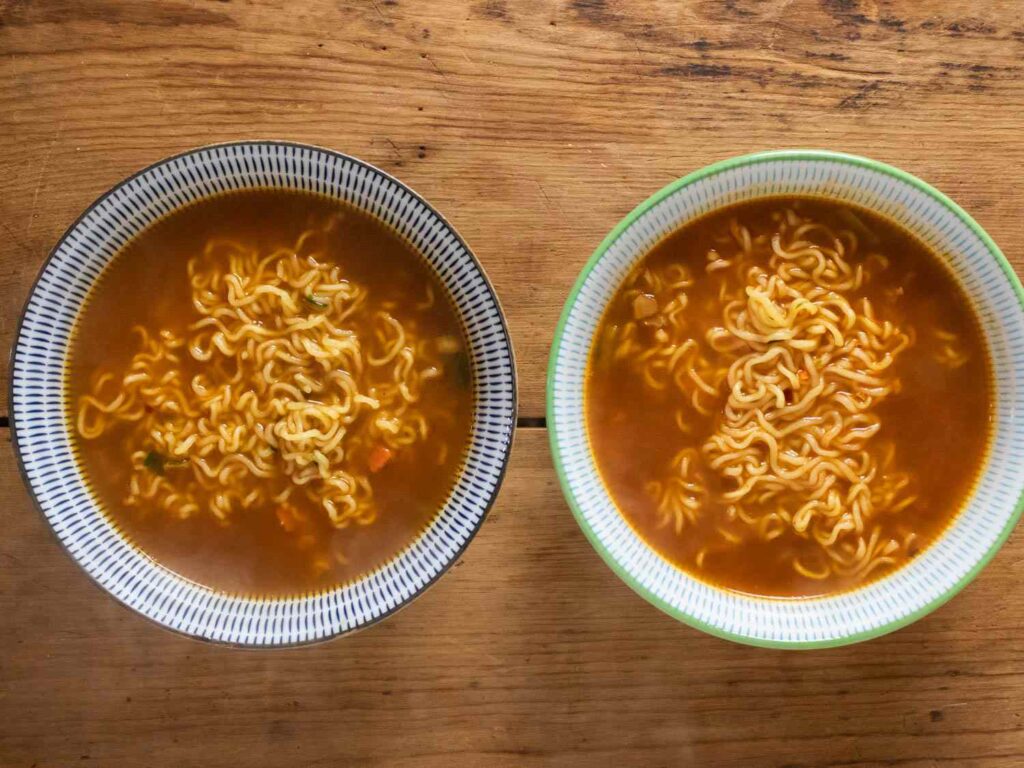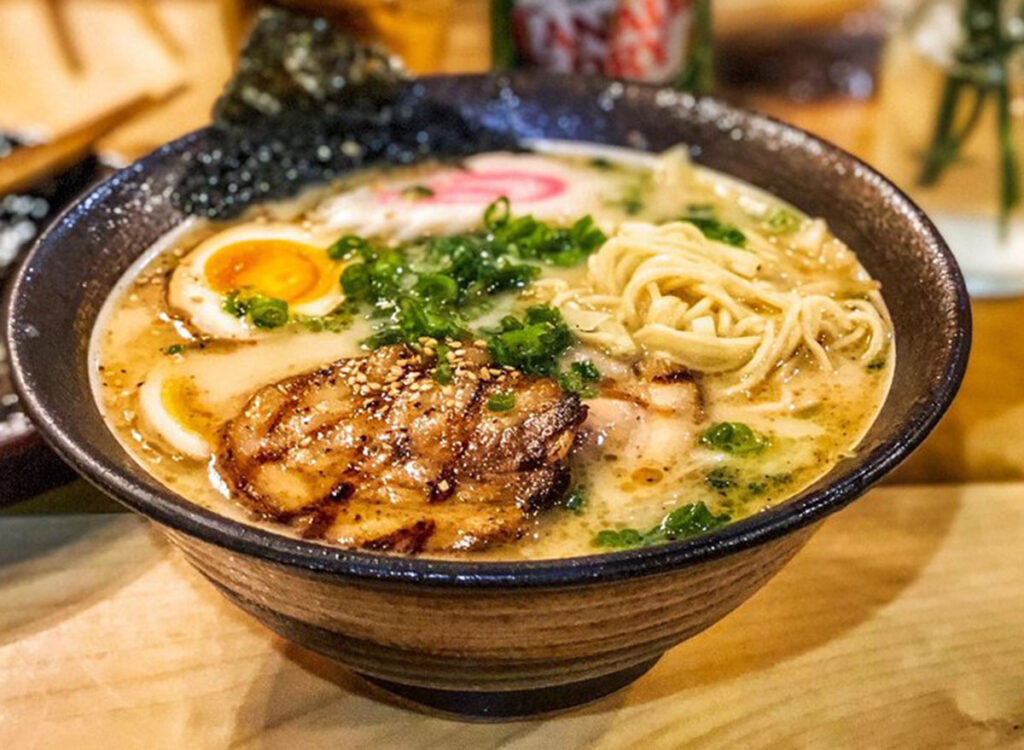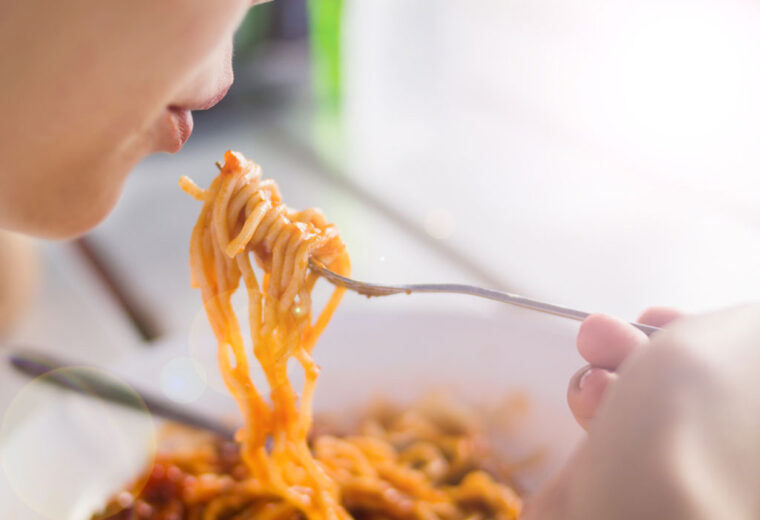Individuals’ perceptions of and food availability have been formed and transformed by cultural norms and historical events. Instant noodles are one food that has had a significant influence on society and food consumption.
People all over the world have grown to love instant noodles. Others may toss out the spice package and use the noodles in a stir fry, or they may toss out the noodles and use the spice in a different meal.
Consumers are attracted to the possibility of being creative with this fundamental and straightforward product since it allows them to put in a couple of packets every time they go to the grocery store.
Origin of Instant Noodles

Instant noodles were “born” in 1958 in Japan. It was invented by none other than the famous businessman and owner of Nissin Food Products Co. Ltd., Momofuku Ando. Since then, instant noodles have become one of the most favorite convenience food of people around the globe.
What are the various types of quick noodle noodles available?
Instant noodles are classified as “fried noodles” or “non-fried noodles,” depending on the dehydration method.
1. Fried noodles
Noodles are fried in oil for a minute or two in a metal mold at 140-160°C. The moisture content of the dough is reduced from 30-40% to 3-6%, and gelatinization is accelerated as a result of this procedure.
2. Non-fried noodles
Simply put, it’s noodles that haven’t been fried in any oil. Noodles in a metal mold are dehydrated for more than 30 minutes with hot air at roughly 80 degrees Celsius in an air dryer. “Air-dried noodles” are the noodles prepared in this manner.
Contents of Instant Noodles

The production method of instant noodles has not changed much since its conception. The ingredients are combined, the dough is flattened out, cut into noodles, steamed, dried, fried for a minute or two for dehydration, chilled, and then packed into individual units. Some kinds are dehydrated using hot air instead of frying.
- Wheat flour, palm oil, salt (salt, potassium iodate), sugar, garlic powder, and guar gum are used to make the noodles. Potassium iodate is a kind of iodine added to salt in some countries to avoid iodine shortage, such as China and the United States. As for palm oil, it is a common ingredient because of how instant noodles were initially made by flash frying. However, air-dried noodles are also accessible nowadays.
- Each spice sachet, which is made according to the manufacturer’s own secret recipe, contributes to the noodles’ distinct flavor. Salt, spice, and monosodium glutamate are also commonly included in flavoring packages (MSG).
- MSG is the sodium salt of glutamic acid, one of the more than 20 amino acids that the human body uses to make proteins. Natural foods also contain MSG like beef, fish, milk, tomatoes, peas, maize, and carrots.
When it comes to nutritional content, manufacturers are now responding to consumer demand for high-fiber foods. They started creating foods with high-fiber ingredients that have functional features such as increased oil holding capacity and water holding capacity.
The moisture and fat levels of fried and non-fried noodles differ significantly. Non-fried noodles have a lower moisture content than fried noodles. In terms of fat, one serving of fried noodles typically has around 20g of fat. However, non-fried noodles contain only 4-6g or one-fourth of that amount because they are not fried in oil.
If you do love a cup of noodles every now and again, there are methods to make it healthy. According to whatif-foods.com, choosing whole-grain quick noodles has a higher level of satiety and can leave you feeling full for a longer time.
The main concern around instant noodles revolves around their sodium content. Well, instant noodles indeed contain a high level of sodium which can go from 397 to 3679 mg per 100g serving. It is too much for your health, and you know “too much” can never be good for your health.
Lower-sodium instant noodles are also good options to avoid consuming too much sodium. You can also eat it with meat or vegetables so you can have a more nutritious meal.
Make Your Instant Noodles Healthier

- Add in condiments that are easy to make.
Discard the little packets that come with the instant noodles; the salt content in the tiny packets alone has exceeded the sodium guidelines. Instead, season with seasonings and condiments that don’t need to be cooked. Sesame oil, miso paste, soy sauce, and Japanese curry powder are all examples. Remember that simplicity is the key, as a bowl of soup with overpowering flavors may not be the most delicious dinner. Also, think about how much salt is in the condiments you choose.
- Add some protein
You may add extra protein to your instant noodles to make them more nutritious. A hard-boiled egg (sliced in half), a poached egg, or even a fried egg can be added to the noodle soup. If eggs aren’t your thing, try adding some sliced lean chicken. Before adding the meat to the soup, lightly sauté it with salt and pepper or soy sauce to add more flavor.
- Extra vitamins can be obtained by eating a ‘rainbow’ diet.
Consider adding colorful add-ons to your instant noodles to boost your vitamin consumption and ensure you’re obtaining your necessary daily vegetable intake. Vegetables are a terrific partner for quick noodles, and the choice of vegetables is entirely up to you! Aiming for a ‘rainbow’ bowl is an excellent place to start. To add a tremendous burst of vitamin and nutritional content to your noodles, choose a vegetable that represents each color of the rainbow.
- Instead of adding more sodium, add more textures.
The majority of instant noodles come with toppings and flavor sachets already included in the packet, providing a significant boost in flavor. If you want to add more flavor to your noodles with spice in addition to the flavor sachets, try adding different textures for variety. Because the noodles are silky and smooth, consider topping them with crunchy or crispy textures.
Consume Noodles in Moderation

Including instant noodles in your diet in moderation is unlikely to have any detrimental health consequences. If you want to eat them with everything, search for ones that are reduced in saturated fat and salt. Compare the salt per serve to the recommended values on the nutrition information panel.
